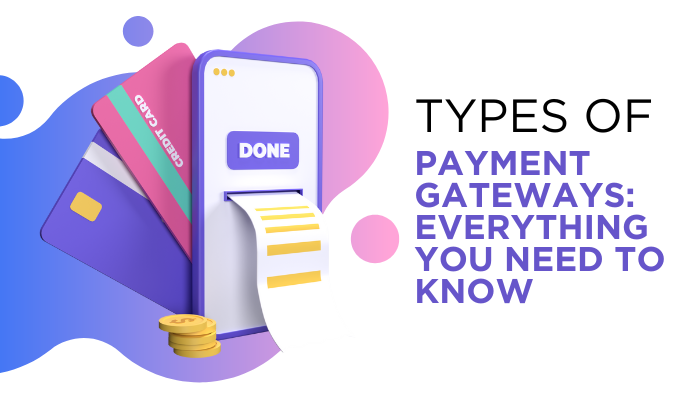Riyal to PKR
Imagine you’re a Pakistani worker in Saudi Arabia. You send money home every month. Wouldn’t you worry about how much your riyals are worth in rupees? The Saudi Riyal (SAR) and Pakistani Rupee (PKR) are important currencies. Changes in the riyal to pkr rate affect everyone, from individuals to big businesses and even the whole economy.
Understanding the SAR to PKR Exchange Rate
What exactly is this exchange rate, and why does it matter? Let’s find out!
What is the SAR to PKR Exchange Rate?
The SAR to PKR exchange rate tells you how many Pakistani Rupees one Saudi Riyal can buy. For instance, if the rate is 75 PKR, one SAR gets you 75 rupees. This rate changes all the time. Understanding it helps you make smart choices.
Factors Influencing the Exchange Rate
Several things affect this exchange rate. Let’s look at some important ones.
- Supply and Demand: If more people want SAR, its value goes up. If more want PKR, the value of PKR rises.
- Economic Indicators: A country’s GDP (how much it makes), inflation (how fast prices go up), and trade balance (exports minus imports) all play a role. Strong economies tend to have stronger currencies.
- Geopolitical Events: Politics and world events can shake things up. Stable countries often have more stable currencies.
Impact on Remittances
Many Pakistanis work in Saudi Arabia. How does the exchange rate hit their money transfers?
Increased/Decreased Remittance Flow
If the SAR is strong, each riyal converts to more rupees. This encourages workers to send more money home. But, if the SAR weakens, they might send less because they get fewer rupees.
Impact on Pakistani Families
Remittances are vital for many families in Pakistan. A good exchange rate means more money for food, education, and healthcare. A bad rate can make life harder for them.
Impact on Trade Between Saudi Arabia and Pakistan
The exchange rate also impacts trade between these two nations. It affects prices and what each country buys and sells.
Pakistani Exports to Saudi Arabia
If the PKR is weak, Pakistani products get cheaper for Saudi buyers. This can boost exports from Pakistan. More money flows into Pakistan, strengthening its economy.
Saudi Exports to Pakistan
If the SAR is strong, Saudi products become cheaper for Pakistani buyers. This can increase Saudi exports to Pakistan. You can buy more Saudi goods with the same amount of rupees.
Impact on Investments
The SAR to PKR exchange rate influences investments between the two countries. Investors are always looking for the best value.
Saudi Investments in Pakistan
A favorable exchange rate might tempt Saudi investors. They could see Pakistan as a good place to invest because their money buys more assets. This brings needed capital into Pakistan.
Pakistani Investments in Saudi Arabia
Likewise, Pakistani investors might find Saudi Arabia attractive if the exchange rate is right. They could buy property or invest in businesses. They look for bigger returns.
Government Policies and Central Bank Interventions
Governments and central banks play a crucial role in managing exchange rates. They step in to keep things stable.
Saudi Arabian Monetary Agency (SAMA) Policies
SAMA, Saudi Arabia’s central bank, has policies that affect the SAR. These policies aim to keep the Riyal stable and support the Saudi economy.
Strategies for Individuals and Businesses
What can you do to handle the ups and downs of the exchange rate? Here’s some advice.
For Individuals
Time your remittances wisely. Try to send money when the SAR is strong. Look into ways to protect your money from currency changes. Diversifying your investments can also help.
For Businesses
Businesses can use tools like forward contracts. These lock in an exchange rate for a future date. Currency options give you the right, but not the duty, to exchange money at a set rate. These strategies help manage risk.
Conclusion
The SAR to PKR exchange rate touches many aspects of life. It influences remittances, trade, and investments. Understanding how it works can help you make better decisions. Always stay informed about the global currency market. This is how you protect your money and grow your wealth.




